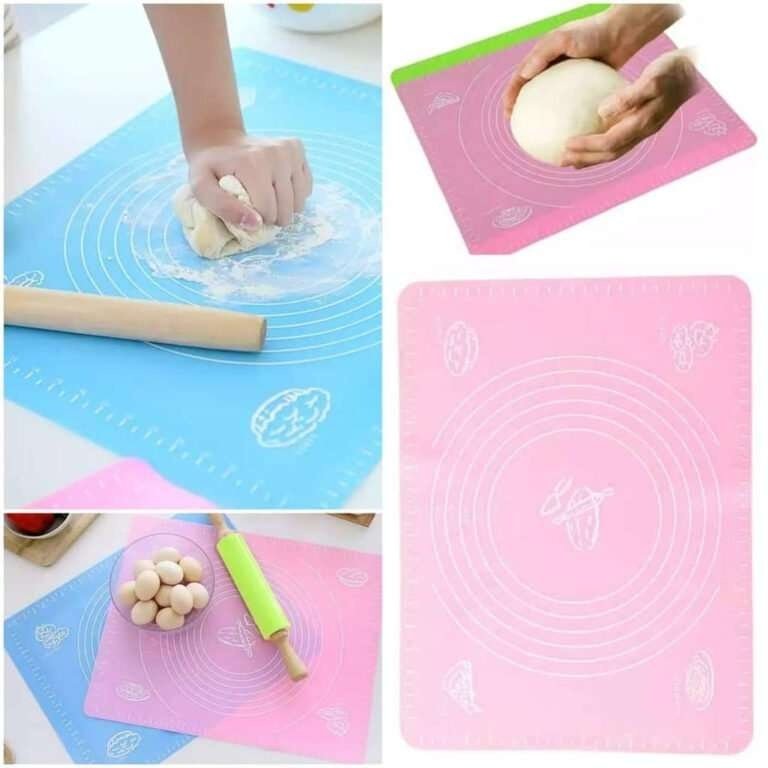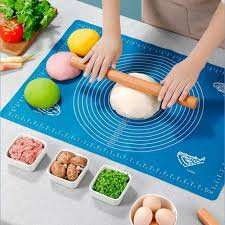Introduction
Making soft, light, and evenly cooked rotis is a skill that many home cooks strive to perfect. While technique plays a crucial role, having the right kitchen tools can make all the difference. Many people struggle with rotis that turn out too hard, too thick, or unequally cooked. The secret to achieving perfect rotis lies not just in the dough but also in using the correct roti-making accessories.
In this blog, we will guide you through the essential kitchen tools for making rotis, why they matter, and how they can improve your cooking experience. Whether you’re a beginner or an experienced cook, these tips will help you get consistently soft and delicious rotis every time.
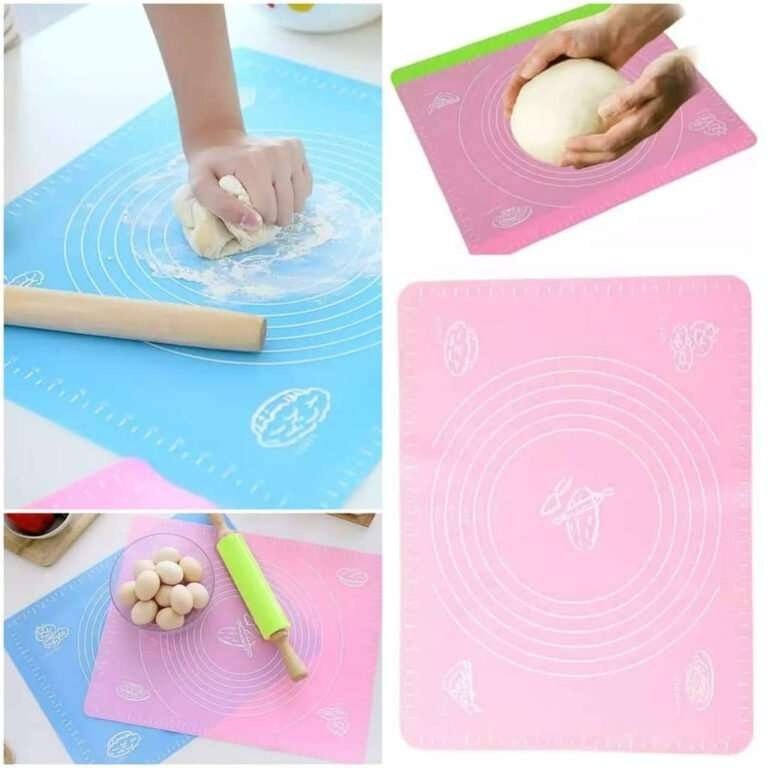
Essential Kitchen Tools for Making Perfect Rotis
1. Silicone Roti Maker: The Game Changer
A silicone roti maker is a modern kitchen tool that helps in rolling out evenly shaped and uniform-sized rotis with minimal effort. Unlike traditional rolling pins, it prevents the dough from sticking and ensures a smooth, mess-free experience.
How to Use a Silicone Roti Maker:
- Put a small dough ball on the non-stick surface.
- Press down gently to spread the dough into a perfect circle.
- Roll lightly with a rolling pin to adjust thickness as needed.
- Transfer the rolled-out roti to the tawa for cooking.
Why It’s Important:
- Ensures evenly sized rotis every time.
- Prevents dough from sticking to the surface.
- Reduces mess and saves time in rolling.
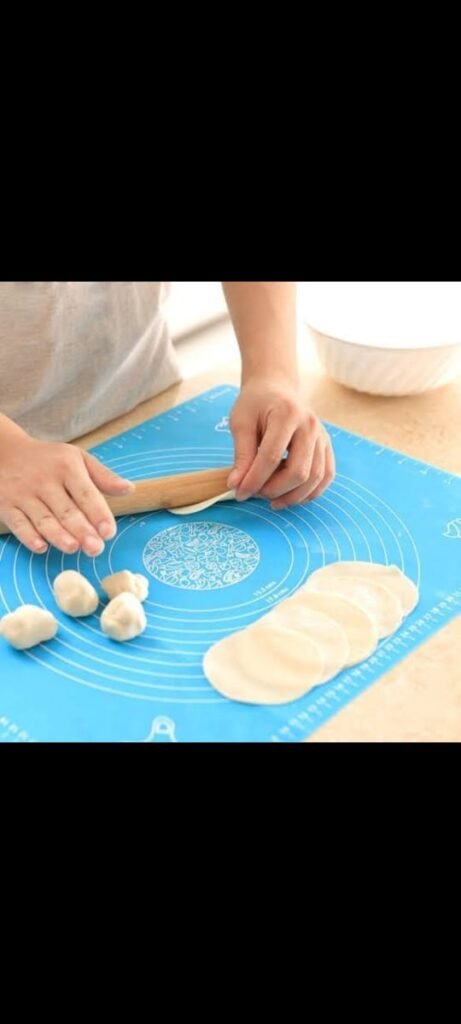
2. A High-Quality Tawa (Griddle)
A good tawa is essential for evenly cooking rotis. It should have a non-stick or cast-iron surface that distributes heat efficiently.
How to Use a Tawa:
- Preheat the tawa on medium heat before placing the roti.
- Flip the roti once bubbles start to form.
- Cook each side evenly until brown spots appear.
- Use a tong to lightly press the edges for a fluffier texture.
Why It’s Important:
- Provides even heat distribution.
- Prevents rotis from sticking or burning.
- Helps achieve a soft and puffed-up texture.
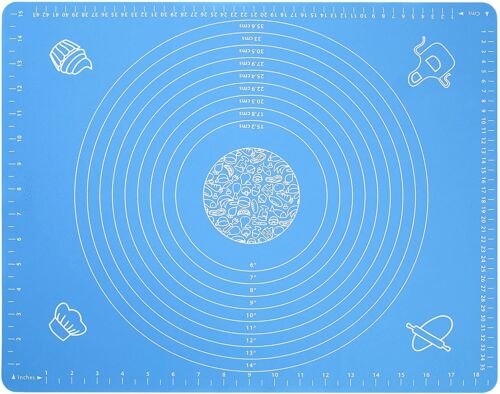
3. A Rolling Pin and Board (Belan and Chakla)
A traditional rolling pin and board are essential for those who prefer manual rolling over a roti maker.
How to Use:
- Lightly flour the board to prevent sticking.
- Roll the dough evenly in a circular motion.
- Maintain equal thickness throughout the roti.
Why It’s Important:
- Helps control the size and thickness of the roti.
- Allows for even rolling, preventing thick or undercooked parts.
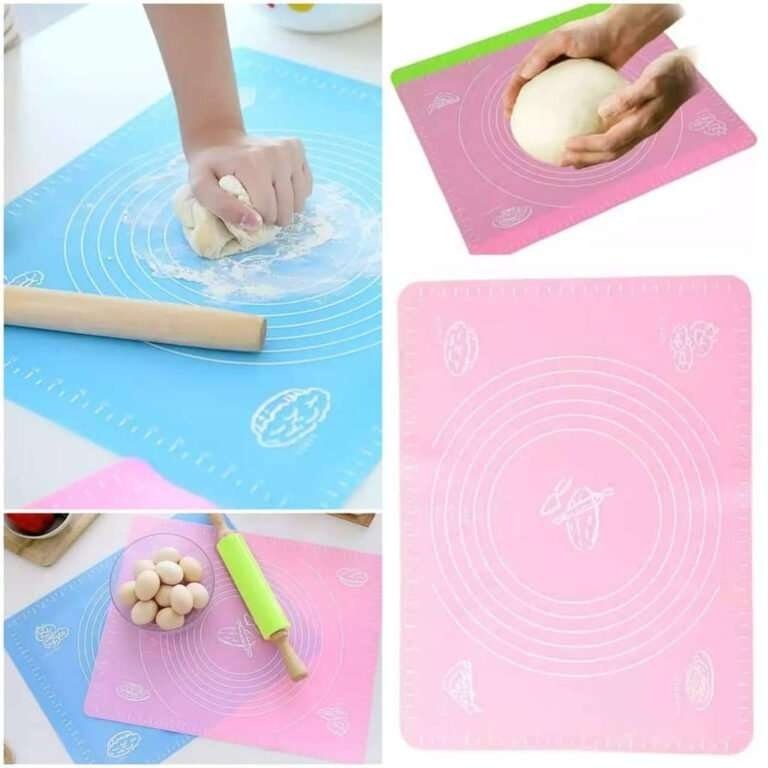
4. Dough Kneading Bowl or Stand Mixer
The key to soft rotis is well-kneaded dough. A dough kneading bowl or a stand mixer helps ensure the dough is soft and pliable.
How to Use:
- Add flour, water, and a pinch of salt to the bowl.
- Knead until the dough is smooth and soft.
- Let it rest for at least 20 minutes before rolling.
Why It’s Important:
- Ensures proper gluten development for softer rotis.
- Saves time and effort compared to manual kneading.
5. A Roti Warmer or Cloth Napkin
Keeping rotis warm after cooking is essential for maintaining their softness.
How to Use:
- Stack cooked rotis in a roti warmer or wrap them in a cloth napkin.
- This helps retain moisture and prevents them from becoming dry.
Why It’s Important:
- Keeps rotis fresh and warm for a longer time.
- Prevents them from hardening due to air exposure.
FAQs: Answering Your Roti-Making Questions
1. Why do my rotis turn out hard?
Hard rotis are usually a result of:
- Over-kneaded or under-kneaded dough.
- Using too much dry flour while rolling.
- Overcooking on high heat.
Solution:
- Knead the dough well and let it rest.
- Use minimal dry flour while rolling.
- Cook on medium heat and do not overcook.
2. How do I make my rotis puff up?
Puffed-up rotis require the right cooking technique:
- Ensure the dough is soft and pliable.
- Cook on high heat and press lightly with tongs after the second flip.
- Make sure the tawa is well-heated before placing the roti.
3. Can I store rotis for later use?
Yes, you can store rotis by:
- Keeping them in an airtight container.
- Wrapping them in a clean cloth.
- Reheating them on a tawa before serving.
4. What type of flour is best for making rotis?
The best flour is whole wheat flour (atta) as it provides softness and elasticity. You can also mix multigrain flour for added nutrition.
5. How do I clean a silicone roti maker?
Cleaning a silicone roti maker is easy:
- Wipe it with a damp cloth or wash it with mild soap and water.
- Avoid using abrasive sponges to maintain its non-stick surface.
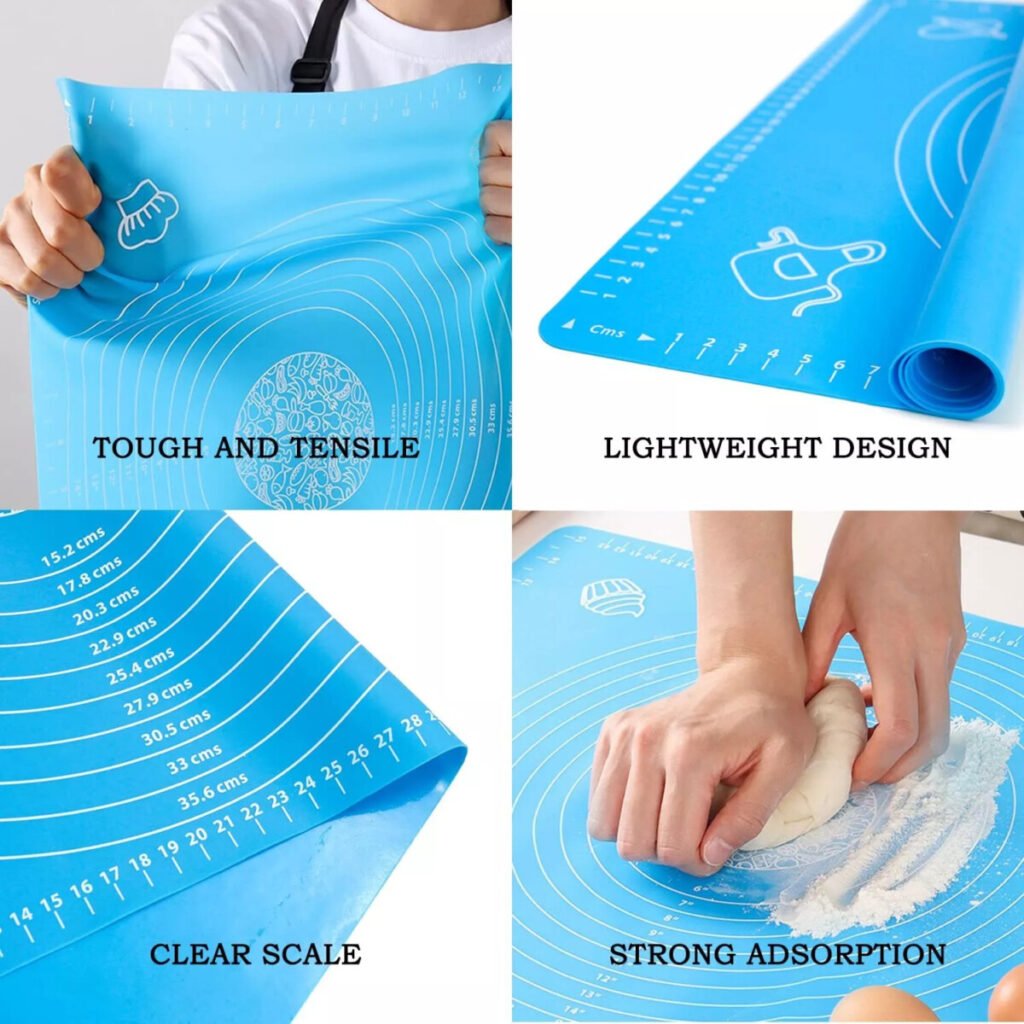
Conclusion
Making perfect rotis is an art, but with the right kitchen tools, the process becomes much easier and more efficient. A silicone roti maker, quality tawa, rolling pin, dough kneading bowl, and roti warmer are essential for getting soft, fluffy, and evenly cooked rotis every time. By following the right techniques and using proper tools, you can master the skill of making rotis effortlessly.
Are you ready to upgrade your kitchen with these must-have roti-making accessories? Try them out and experience the difference! Happy cooking!
